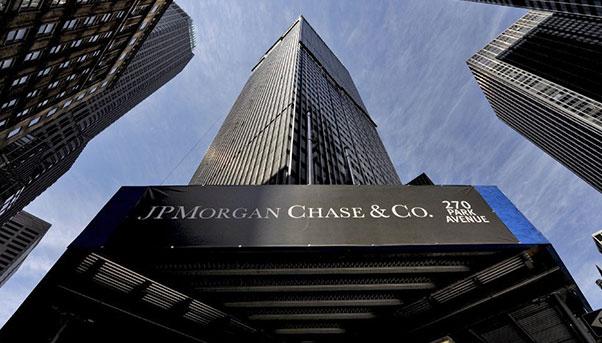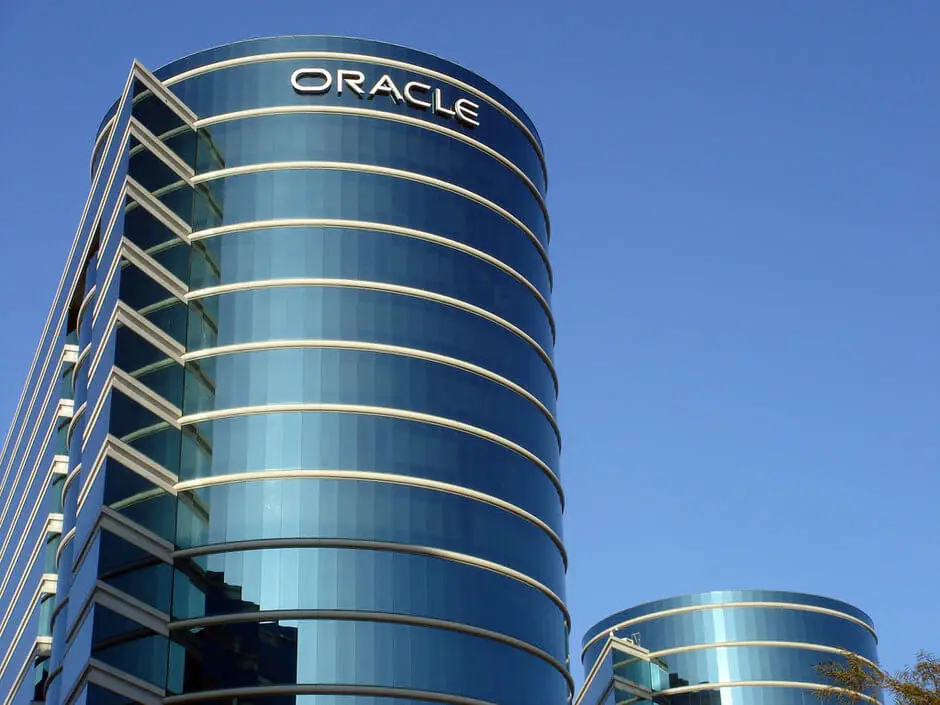ExxonMobil Mission and Vision Statement Analysis

ExxonMobil’s mission statement is “to being the world’s premier petroleum and petrochemical company.” An analysis of this statement shows how determined this corporation has been in becoming one of the top players in the petroleum industry since it was established in the year 1999. The rapid growth that characterizes it is evidence of the vigor it has shown while rising to its current position as the seventh-largest global chemical producing company. The mission statement has the following factors:
- Global presence
- Premier petroleum and Petrochemical Corporation
In about 20 years, ExxonMobil has proven its ability to conquer and thrive in dynamic business environments due to its global reach. It has extended and ensured its presence is felt in virtually all parts of the world. Today, its business model is driven by the ability to ensure everyone has access to high quality and affordable petroleum, together with related products. In this way, ExxonMobil satisfies both the components in its mission statement.
Introduction
Exxon Mobil Corporation, popularly known as ExxonMobil is one of the largest oil and gas Production Company in the world in terms of sales. The mission and vision statement of this Texas-based multinational firm is a reflection of the developmental path it follows.
Leadership is particularly presented in these statements as the most important components that make ExxonMobil the mega-company it is today. A corporate vision statement shows the position that a company wants to be in a predetermined future. On the other hand, a mission statement indicates the strategic methods that would enable the establishment to achieve this vision.
In this case analysis of ExxonMobil, both the vision and the mission statement emphasize on the influential aspect of the corporation. They also identify the importance of treating customers to the best services. The core values have also significantly added to the progressiveness of ExxonMobil. In fact, they are especially credited with creating an environment that promotes the achievement of both the mission and vision statements.
Vision Statement
ExxonMobil’s vision statement can be described as “to safely and responsibly meet the world’s growing needs for energy and high-quality chemical products.” While this is not the official vision statement, it represents what the corporation considers critical for maintaining the value of its business operations. ExxonMobil, in this case, has a bigger purpose rather than amassing profits and its business profile – making a difference in society. The vision statement is made up of the following points:
- Energy solutions and innovations
- Improving communities and environment
The desire to supply the world with clean, safe and affordable fuel is a priority for ExxonMobil. It is closely followed by the commitment of the corporation in ensuring that it contributes to the overall wellness of the people. ExxonMobil does this by working with communities and protecting the environment.
Core Values
ExxonMobil’s core values comprise “work flexibility, safety and security, recognizing human rights, integrity and diversity and inclusion.” ExxonMobil exploits these guiding principles to bring affordable energy to contemporary global markets. They have been critical in creating a unique culture that ensures everyone respects each other and complies with working ethics to contribute to the overall growth of the corporation.
References
- Aithal, P. S. (2015). How effective leadership and governance support to achieve institutional vision, mission and objectives. International Journal of Multidisciplinary Research and Development, 2(5), 154-161.
- Conley, J. M., & Williams, C. A. (2005). Engage, embed, and embellish: Theory versus practice in the corporate social responsibility movement. J. Corp. L., 31, 1.
- ExxonMobil – Home.
- Hanson, J. D., Melnyk, S. A., & Calantone, R. J. (2017). Core values and environmental management: a strong inference approach. In Strategic Sustainability (pp. 91-103). Routledge.
- Jung, T., & Pompper, D. (2014). Assessing instrumentality of mission statements and social-financial performance links: Corporate social responsibility as context. International Journal of Strategic Communication, 8(2), 79-99.
- Leslie, K., Loch, M. A., & Schaninger, W. (2006). Managing your organization by the evidence. McKinsey Quarterly, 3, 64.
- O’Brien, D. (2001). Integrating corporate social responsibility with competitive strategy. The Center for Corporate Citizenship at Boston College, 3-23.
- Reilly, A. H. (2009). Communicating sustainability initiatives incorporate reports: Linking implications to organizational change. SAM Advanced Management Journal, 74(3), 33.
- Stallworth Williams, L. (2008). The mission statement: a corporate reporting tool with a past, present, and future. The Journal of Business Communication (1973), 45(2), 94-119.
- Williams, L. S. (2008). THE MISSION STATEMENT. Journal of business communication, 45(2).











